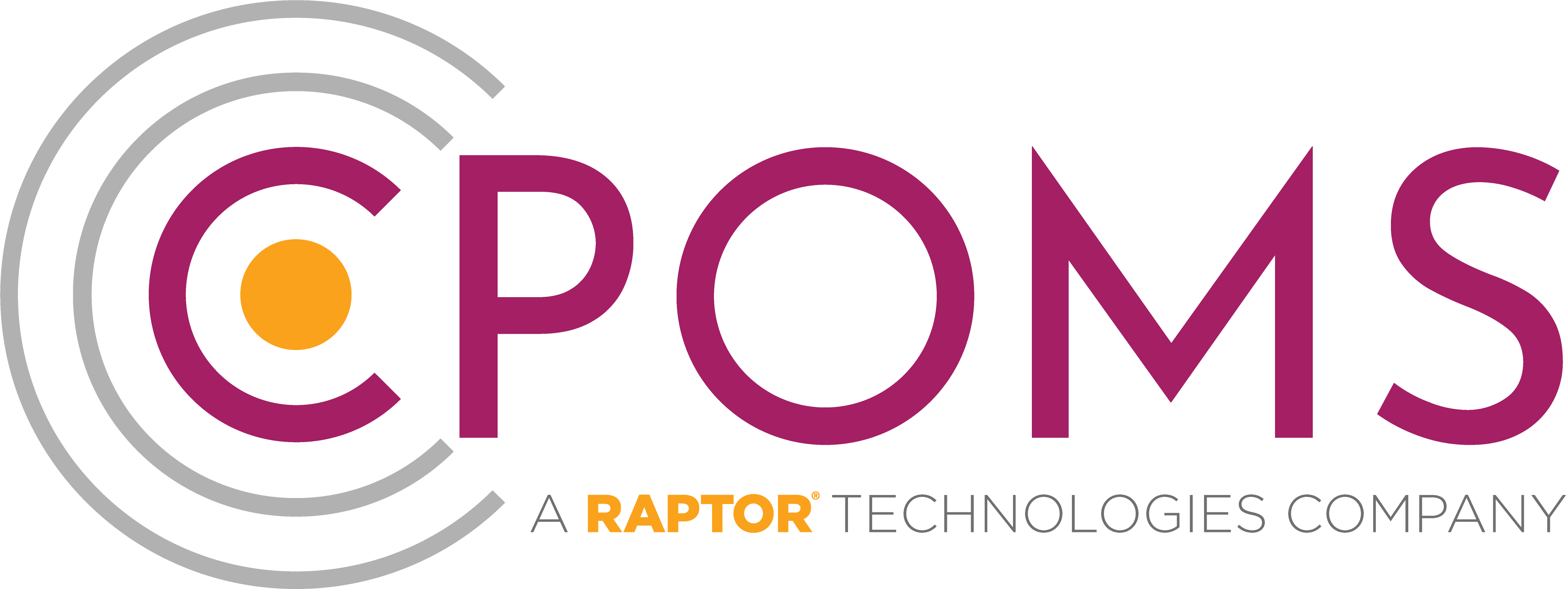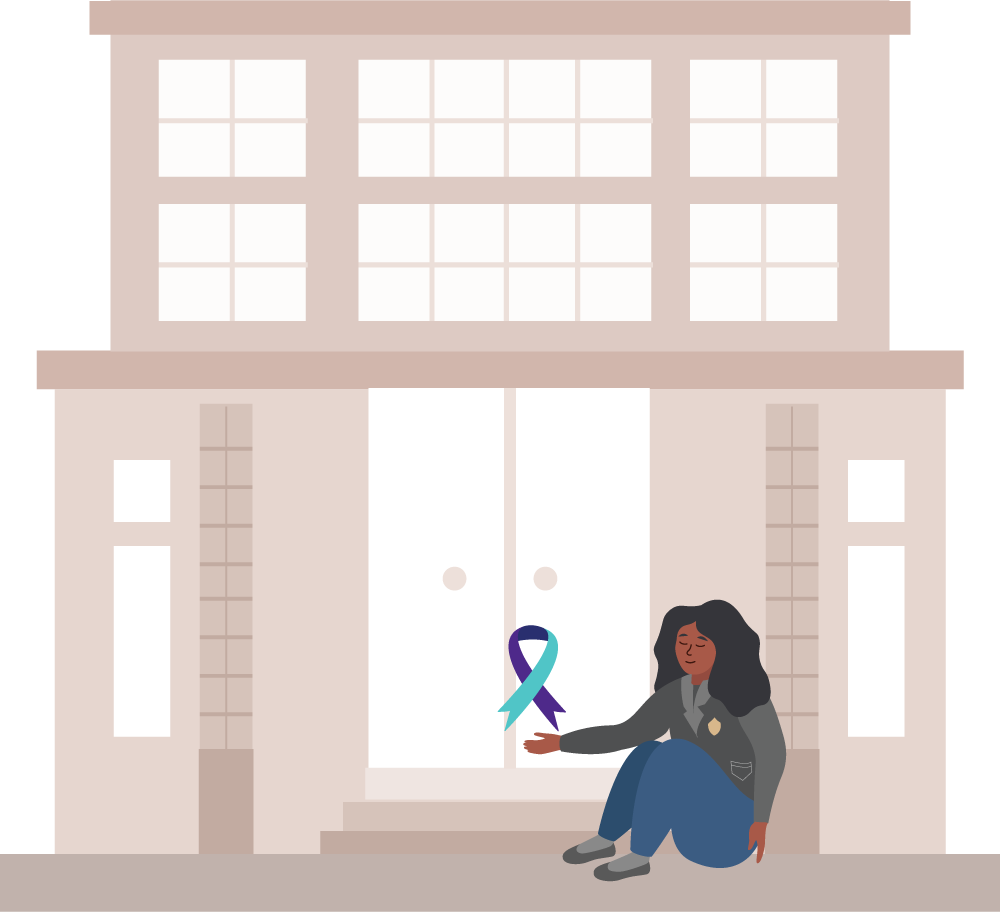Guest Author: Jon Trew
Safeguarding is an ever-evolving challenge in schools, local authorities and all settings responsible for protecting children. As technology, society and the lifestyles of children continue to change, so too must safeguarding policies and processes. This means that a continual learning process is needed when reviewing safeguarding measures and policy, taking into account all opportunities to learn from past events, including serious cases of child abuse or even death.
When any child dies it is a terrible tragedy, none more so than when the cause of death of that is attributed to abuse or neglect. That is why it is so important for everyone working with children to ensure that any lessons from these tragedies are embedded in practice to avoid risks being repeated. Child Safeguarding Practice Reviews are an opportunity to do just that – they attempt to look at lessons that can help prevent similar incidents from happening in the future. The Child Safeguarding Practice Review Panel: Annual Report 2022 to 2023 identifies emerging themes and patterns across individual Child Safeguarding Practice Reviews to see if policy and practice need to be updated or improved.
Important trends identified in the report
The Child Safeguarding Practice Review Panel: Annual Report 2022 to 2023 identified six emerging themes that were prevalent in the case reviews:
- Abuse and neglect can go unnoticed when the primary focus is on a child’s health condition
- A high prevalence of children with complex mental health needs
- Parental mental health and parenting capacity is an important factor
- A lack of suitable placements and support for children with complex needs
- The impact of children being young carers was not always recognised
- Cultural barriers could mean that traditions and parenting approaches of minority ethnic and cultural groups were not always understood by services
More than a third (36%) of the case reviews were about children aged under 1 year old with another smaller but significant cluster (21%) at age 11-15. The report shows that children from black and mixed ethnic groups were also overrepresented in these reviews.
Over half of rapid reviews (53%) noted that the child had experienced neglect, while a fifth (21%) of children were reported to have one or more mental health conditions. The review also continued to show that the voices of children were often absent from service records, and in some cases that practitioners viewed the child’s behaviour as the challenger while missing that it may be a result of exploitation or abuse.
Crucially, the review identified how practitioners sometimes did not understand the complex nature of the abuse and limitations in information sharing meant some key agencies were unaware of the abuse, even when they had a role to play.
Learning from effective safeguarding processes and good practices
As well as learning from failures and gaps in the current system, serious case reviews provide the opportunity to identify and learn from good practice. The report of 2022 to 2023 identified many examples of ‘strong and effective multi-agency working where information sharing, assessment and decision making was timely, extensive and based on good record keeping’. The review also identified that some schools were ‘key in providing safe spaces for children to talk about their home lives and worries’.
Learning from practice reviews is an often-overlooked method of improving our safeguarding practice. While individual reviews can sometimes be found within the resources of relevant local authorities, the NSPCC has done an excellent job in collating all these reviews into a single national repository. Practitioners can search for reviews in their area, or for reviews about specific types of abuse or for reviews about children of the age group they are working with.
The importance of effective safeguarding software
There are a number of ways in which CPOMS safeguarding software can help settings implement some of the learnings from these reviews into their processes.
- The ability to customise the CPOMS Safeguarding reporting form allows users to record the ‘voice of the child’ and to add an extra section for that important information.
- The CPOMS software integration with various MIS systems enables users to report on attendance and safeguarding concerns about any child in their record.
- The review panel report describes ‘an ever-evolving environment that affects safeguarding practice’. CPOMS is able to meet this challenge because it does not have fixed categories, but a flexible and customisable system which allows user to add categories that can record new and emerging trends, such as issues around gender identity or cyberbullying.
- CPOMS can be used to monitor and record both concerns about behaviour as well as safeguarding issues. This enables safeguarding staff to gain a more holistic view of the child and identify potential risks indicated by a combination of behaviour and other concerns.
- CPOMS Engage allows settings to collaborate and share information with agencies at the local authority and which each for dual registered pupils, providing instant access to essential safeguarding information, allowing for better outcomes for the children.
To find out more about how CPOMS safeguarding software solutions can be used to benefit your setting, book a free demo today.




